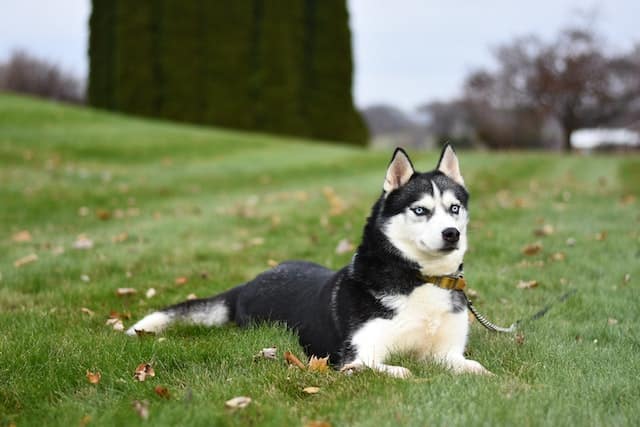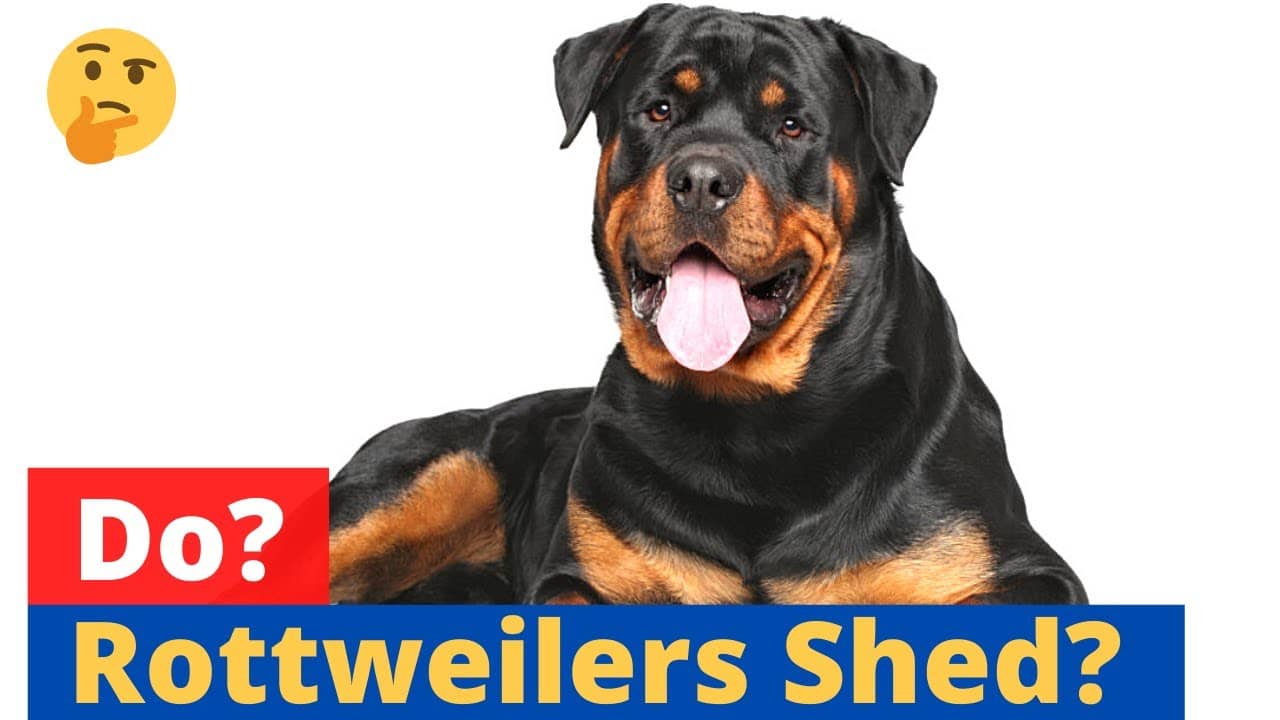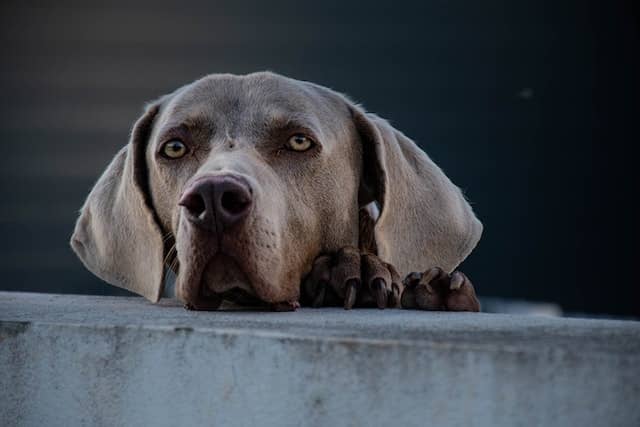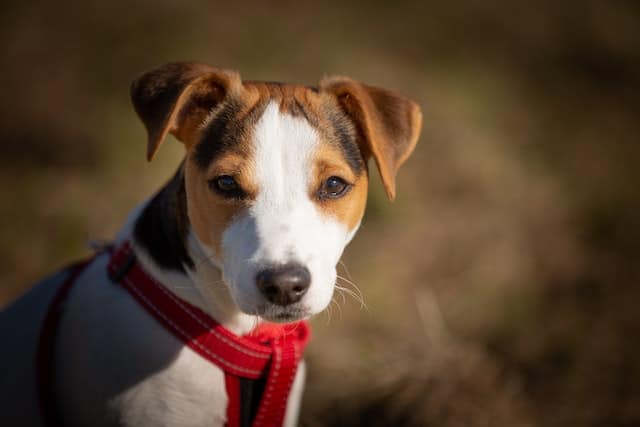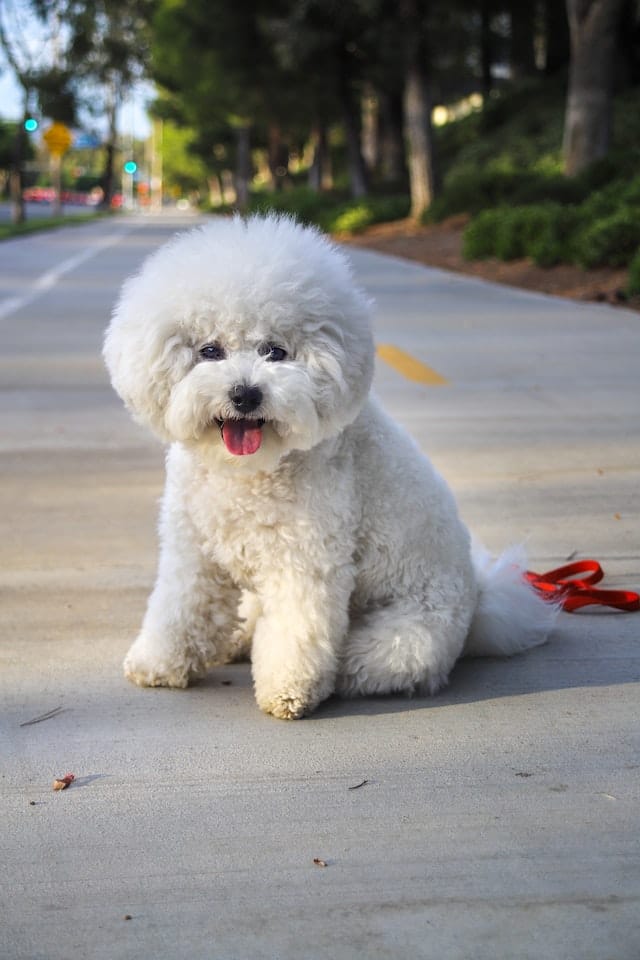Do Siberian Husky Shed? Help Siberian Husky Shedding
Do Siberian Husky Shed? Siberian Husky Shedding is a common concern for prospective owners. In this article, we will explore the shedding habits of Siberian Huskies and provide helpful tips on managing their fur. You will learn about the Husky’s double coat and why they shed heavily twice a year. We will also discuss grooming techniques and recommended tools to minimize shedding and keep your Husky’s coat healthy. So, if you’re considering getting a Siberian Husky or already own one, read on to learn all about their shedding tendencies and how to keep your home fur-free!
Why Do Siberian Huskies Shed?
Siberian Huskies are known for their beautiful and fluffy double coats, but along with that stunning appearance comes a significant amount of shedding. If you’re considering becoming a husky owner, it’s essential to understand why they shed and how to manage it effectively.
Siberian Husky Coat
The Siberian Husky has a unique coat that serves as protection against extreme temperatures. Their double coat consists of a dense and insulating undercoat, which helps regulate body temperature, and a longer and coarser topcoat that provides further insulation and protection from the elements.
Adaptive Shedding
Siberian Huskies are highly adaptive animals, capable of withstanding even the harshest climates. One way they adapt is through shedding. Shedding allows them to shed their undercoat in warmer weather, providing them relief from excessive heat. This process is known as adaptive shedding and helps keep them cool during the summer months.
Seasonal Shedding
In addition to adaptive shedding, Siberian Huskies also experience seasonal shedding. During the spring and fall, these dogs go through a shedding cycle to prepare for the upcoming season. As the weather changes, they shed their undercoat to make room for a new and thicker coat during the colder months.
Hormonal Shedding
Hormonal changes can also affect a Siberian Husky’s shedding patterns. Female huskies often shed more during their heat cycles or after giving birth, while male huskies may shed more when approaching maturity. Hormonal shedding is a natural process and typically resolves on its own after the hormone levels stabilize.
How Much Do Siberian Huskies Shed?
Now that we understand why Siberian Huskies shed, let’s explore how much they shed and what to expect as an owner.
Abundance of Fur
It’s no secret that Siberian Huskies shed a lot. Their thick double coats make them prolific shedders. Expect to find fur everywhere, from your furniture and floors to your clothing and even in your food. If you’re someone who values a pristine and fur-free home, a Siberian Husky may not be the best choice for you.
Constant Shedding
Siberian Huskies shed consistently throughout the year. Unlike some other breeds that shed heavily for a few weeks and then have minimal shedding, huskies continually shed. While shedding may be more noticeable during seasonal cycles, you can expect to find loose hair on your clothes and furniture year-round.
Amount of Loose Hair
The amount of loose hair a Siberian Husky generates can be staggering. Regular brushing can help manage the loose hair, but be prepared for it to be an ongoing task. It’s not uncommon to fill multiple vacuum cleaner bags in a single grooming session. If you’re sensitive to loose hair or have allergies, be aware that owning a husky may present challenges.
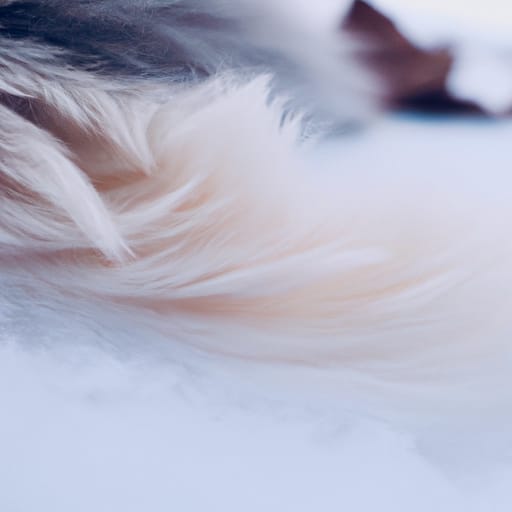
Managing Siberian Husky Shedding
While you can’t eliminate shedding completely, there are several strategies you can employ to manage and minimize it.
Regular Brushing
Regular brushing is crucial for managing a Siberian Husky’s shedding. By brushing your husky’s fur at least once or twice a week, you can remove loose hairs before they end up on your furniture and belongings. Use a slicker brush or an undercoat rake to penetrate the dense coat and remove loose fur effectively.
Bathing
Bathing your Siberian Husky can help remove loose fur and prevent it from spreading around your home. Use a gentle dog shampoo and conditioner specifically designed for double-coated breeds. Be sure to dry them thoroughly after bathing to prevent moisture from getting trapped in their coat, which could lead to skin issues.
Proper Nutrition
A well-balanced diet is essential for maintaining healthy skin and coat in a Siberian Husky. Providing high-quality dog food with adequate protein and essential fatty acids can help minimize shedding. Consult with your veterinarian to ensure you’re feeding your husky a diet that meets their specific nutritional needs.
Using Deshedding Tools
Investing in deshedding tools can make a significant difference in managing Siberian Husky shedding. Tools like deshedding brushes and grooming gloves are designed to remove loose fur efficiently. Use them in conjunction with regular brushing to help keep shedding under control.
Professional Grooming
Consider taking your Siberian Husky to a professional groomer for regular grooming sessions. Professional groomers have the expertise and tools necessary to properly manage a husky’s shedding. They can perform services such as deshedding treatments, blowouts, and fur removal, leaving your husky’s coat in optimal condition.
Containment of Shed Hair
To minimize the impact of shedding on your home, make an effort to contain the shed hair. Use washable or removable covers on your furniture, which can easily be cleaned of fur. Tossing a blanket or towel on the area where your husky likes to relax can also help contain the loose hair.
Common Misconceptions about Siberian Husky Shedding
There are several common misconceptions surrounding Siberian Husky shedding. Let’s address some of the most prominent ones.
Shaving the Coat Reduces Shedding
Contrary to popular belief, shaving a Siberian Husky’s coat does not reduce shedding. In fact, it can have adverse effects on their ability to regulate body temperature. The double coat acts as insulation, keeping huskies cool in the summer and warm in the winter. Shaving can disrupt this natural process and lead to potential health issues.
They Are Hypoallergenic
Despite their prevalence as a sled dog breed, Siberian Huskies are not hypoallergenic. Their shedding can trigger allergies in susceptible individuals. While no dog breed is completely hypoallergenic, some breeds with minimal shedding may be better suited for allergy sufferers.
Only Double-Coated Huskies Shed
While it’s true that double-coated huskies shed more than single-coated breeds, shedding is still a common occurrence among all Siberian Huskies. Single-coated huskies have a shorter and less dense coat, but they still shed. So, if you’re considering a husky, expect shedding regardless of coat type.
Neutering or Spaying Reduces Shedding
Neutering or spaying your Siberian Husky will not reduce shedding. Shedding is primarily determined by the dog’s coat type and hormonal changes, not their reproductive status. While spaying or neutering may have other benefits, shedding reduction is not one of them.
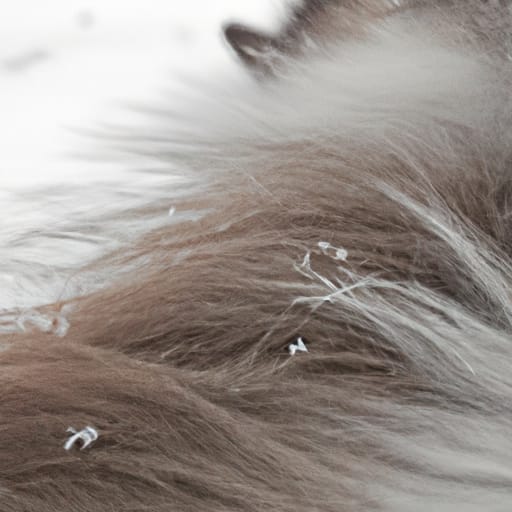
How to Minimize Furniture and Clothing Shedding
To minimize the impact of Siberian Husky shedding on your furniture and clothing, consider the following tips:
Preparing Living Spaces
Create designated areas for your husky where shedding is more manageable. Use pet gates or barriers to restrict access to certain parts of your home, such as bedrooms or living rooms with expensive furniture. This helps contain the loose hair and keeps it from spreading throughout the entire house.
Using Furniture Covers
Invest in quality furniture covers or throws that can be easily removed and cleaned. Opt for materials that repel dog hair, such as microfiber or leather, and avoid fabrics with a lot of texture, as they tend to trap fur.
Choosing Shed-Friendly Fabrics
When selecting clothing or bedding, choose fabrics that resist fur clinging. Fabrics like nylon, polyester, and silk are less likely to hold onto fur, making them easier to clean.
Clothing and Accessories for Containment
Consider wearing clothes made of fabrics that repel fur when spending time with your husky. Additionally, using accessories such as lint rollers or pet hair removal gloves can help remove loose fur from your clothing before leaving the house.
Allergies and Siberian Husky Shedding
Siberian Huskies can trigger allergies in individuals who are sensitive to pet dander. It’s essential to understand the relationship between huskies and allergies and take necessary precautions.
Siberian Huskies and Allergies
While Siberian Huskies are not completely hypoallergenic, they produce fewer allergenic proteins compared to some other breeds. However, everyone’s sensitivity varies, and certain individuals may still experience allergy symptoms around huskies.
Reducing Allergic Reactions
To reduce allergic reactions caused by Siberian Husky shedding, keep your home clean by regular vacuuming and dusting. Use air purifiers or filters to capture pet dander particles in the air. Washing your husky’s bedding frequently can also help minimize allergens.
Consulting with a Doctor
If you or a family member have allergies, it’s advisable to consult with a doctor or allergist before bringing a Siberian Husky into your home. They can perform tests to determine the extent of your allergies and provide recommendations on managing them effectively.
Other Factors Affecting Shedding
Several other factors can influence a Siberian Husky’s shedding patterns. Let’s explore some of these factors:
Climate and Temperature
The climate and temperature can impact the extent of shedding in a Siberian Husky. In warmer climates, adaptive shedding may be more pronounced as the husky tries to keep cool. However, even in colder climates, seasonal shedding will still occur.
Health and Stress
A healthy diet, regular exercise, and reduced stress levels can contribute to a healthier coat and minimized shedding. Huskies under stress may shed more than usual, so creating a calm and stable environment for your husky is important.
Coat Maintenance
Proper coat maintenance plays a significant role in managing shedding. Regular brushing, bathing, and grooming sessions can help keep the coat healthy, reduce tangles and matting, and minimize shedding.
Age and Hormones
Siberian Huskies experience different shedding patterns throughout their lives. Puppies may have a lighter shedding phase before transitioning into more consistent shedding as adults. Hormonal changes related to maturity, heat cycles, or pregnancies can also affect the shedding process.
Diet and Nutrition
Providing a nutritious diet with essential fatty acids and proper hydration can contribute to a healthier coat. A well-hydrated coat is less prone to dryness, which can lead to excessive shedding.
Siberian Husky Shedding vs. Other Breeds
When comparing the shedding tendencies of Siberian Huskies with other breeds, several key differences arise.
Husky vs. Golden Retriever Shedding
Both Siberian Huskies and Golden Retrievers are notorious shedders. However, Golden Retrievers tend to shed more consistently throughout the year, while huskies shed more heavily during seasonal cycles.
Husky vs. Labrador Shedding
Labradors and Siberian Huskies are both double-coated breeds and shed heavily. While Labradors shed year-round, huskies have more noticeable shedding during seasonal shedding cycles.
Husky vs. German Shepherd Shedding
German Shepherds and Siberian Huskies have similar shedding patterns, but German Shepherds tend to have longer and denser coats. Both breeds shed heavily during seasonal shedding, but huskies shed more frequently year-round.
Husky vs. Pomeranian Shedding
Pomeranians, despite their smaller size, can shed quite heavily. However, their shedding tends to be more manageable than that of Siberian Huskies due to their smaller overall coat size.
Grooming Tips for Siberian Husky Owners
Proper grooming techniques are vital for managing Siberian Husky shedding effectively. Follow these tips to keep your husky’s coat in optimal condition:
Brushing Techniques
Brush your husky’s coat in sections, starting from the head and moving towards the tail. Use a slicker brush or an undercoat rake to remove loose fur. Be gentle, as their skin is sensitive, and avoid pulling or tugging on any knots or tangles.
Bathing Guidelines
Bathe your husky every 6 to 8 weeks or as needed. Use a gentle dog shampoo and conditioner designed for double-coated breeds. Take care not to over-bathe them, as excessive bathing can strip away essential natural oils in their coat.
Nail Trimming
Regularly trim your husky’s nails to prevent discomfort and potential injury. Use a pair of dog nail clippers and be cautious not to trim too close to the quick, as it can cause bleeding.
Ear Cleaning
Inspect your husky’s ears regularly for any signs of infection or buildup. Gently clean their ears with a damp cloth or a cotton ball soaked in a specially formulated ear cleaning solution. Avoid inserting anything into the ear canal, as it can cause damage.
Professional Grooming Benefits
Consider taking your Siberian Husky to a professional groomer periodically. Professional groomers can provide services such as deshedding treatments, ensuring that your husky’s coat is managed effectively. They can also offer advice on any specific grooming needs your husky may have.
Conclusion
Siberian Huskies are majestic and beautiful dogs, but they do come with a significant amount of shedding. Understanding the factors behind their shedding and implementing proper grooming practices are essential for managing this shedding effectively.
As a husky owner, you need to be prepared for constant shedding and invest time and effort in maintaining your home and managing loose hair. With regular brushing, bathing, proper nutrition, and professional grooming, you can minimize shedding and keep your husky’s coat healthy and beautiful.
While Siberian Husky shedding may present challenges, the benefits of owning this breed, such as their unique personality and loyalty, make them a popular choice for many dog lovers. However, it’s crucial to weigh the responsibilities and commitment required before bringing a husky into your home.


